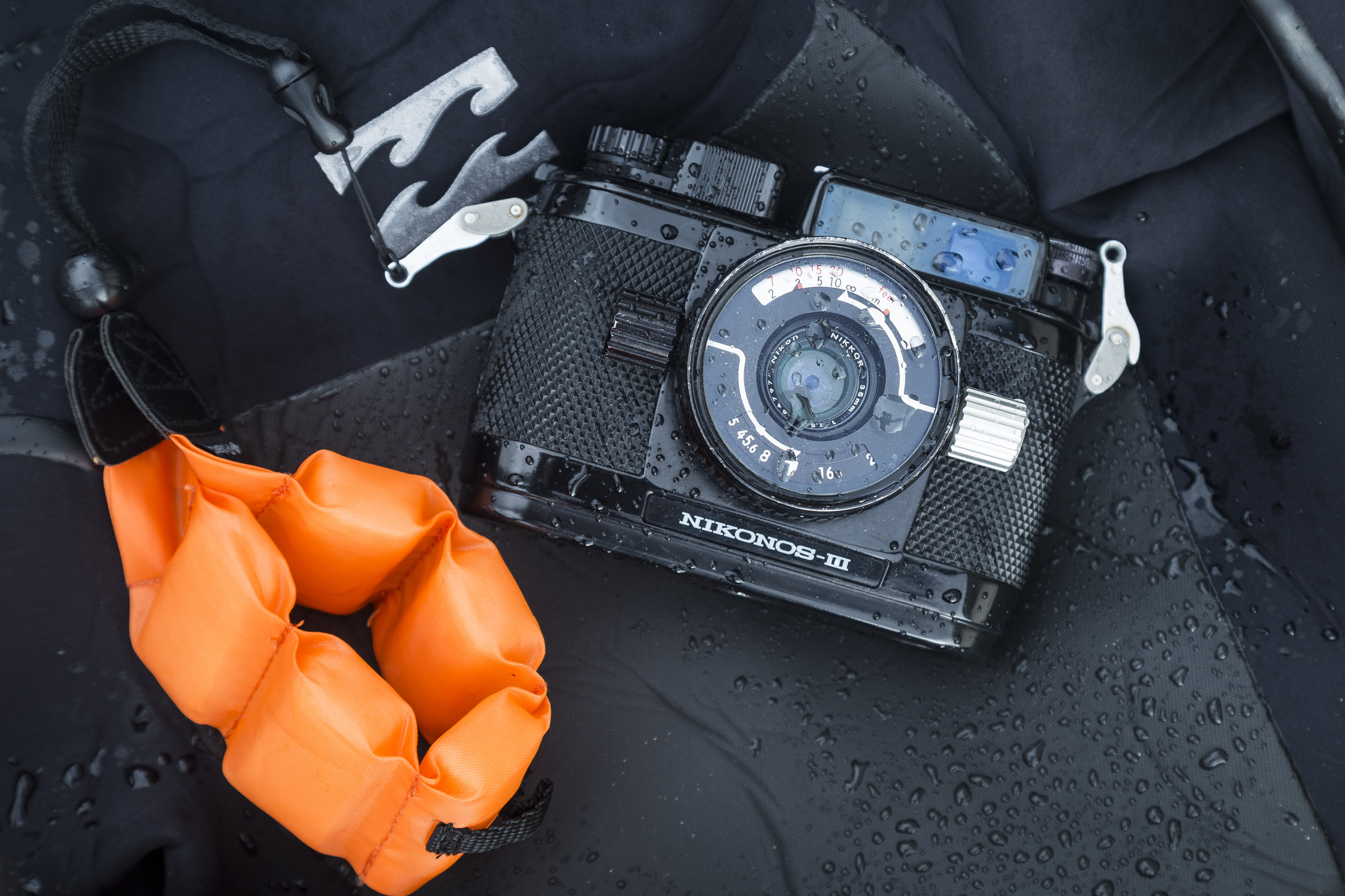Photography Books: Ansel Adams; The Camera, Negative & Print

Quite a while back, Ansel Adams created a three part series going over the technical side of photography. Each book covered a specific area of the process. I heard that these books, particularly the one on negatives and film was a good book to read for someone interested in film photography. I picked up the set for very cheap at a Half Price Books and got a chance to read through them. I found them to be very useful in understanding some of the analog photographic processes, and included some insight into Ansel Adams techniques for creating images.
The first book in the series is The Camera. This book goes over the basic elements of how a camera works, the vocabulary for the parts of a camera, and how to adjust a camera to produce different results. When I started reading this book I knew most of the parts of the camera and they basically worked. In the later parts of the book, he starts to explain camera movements, focus fall off and how the aperture can affect image quality. A lot of this I knew the basics of but it was good to get a refresher in how these work exactly.
The second book, The Negative is the original reason I picked up the set. This book had the most useful information for my purposes. This book covers a variety of topics including the zone system of exposure, film emulsions and how each responds to light, and how to develop the negatives for different scenarios. I really enjoyed this book. The information on how different films respond to light got me interested in orthochromatic and infrared films. The information on how to develop for different results was interesting as well. One of the most useful areas of this book is on the zone system of exposure.
The zone system was designed by Ansel Adams to give a simple numeric value to the luminosity values of a photo. Each zone represents one stop of exposure difference from each other. The zones go from zone 0 being pure white with no detail to zone 10 being pure black with no detail. In the middle of the zones is neutral grey, the value that all camera meters are based on. So this means that you can meter any object, and adjust your camera from neutral grey to the value in the zone you want it to be in the final image.
This is extremely useful system because it allows you to think about the visuals of your photograph before taking it. It takes the idea of metering for the area you want detail in to the next level and takes into consideration the dynamic range of film. Films' dynamic range has changed over the years and varies from film to film but what he suggests to resolve this is to shoot test rolls specifically to see how far the film reaches.
I feel this book was the most complicated of the three but offered the most useful information for someone who shoots film in the modern age. If you don't get the set of books I highly recommend getting this one for sure.
Lastly The Print wraps up the series by going over the basics of the analog printing process as well as some of the more complex techniques used by Ansel Adams. This book has very good information for someone who prints in this way. It includes how to adjust contrast, dodging and burning, different paper types etc ect. Overall very good info but not something I would use as I mostly digitize my images straight from the film.
Overall this is one of the best series I have read for film photography. It is very informative and offers the perspective that Ansel Adams shot with which is interesting in it's own right. Copies can be found very inexpensively and they are worth the money. I picked up mine for about $8 a book and bought them one at a time to see if they were worth it. I have been very happy to have read them, and occasionally go back to them for reference.
Thanks for reading!
I am a photographer and content creator from the Bay Area of California.





